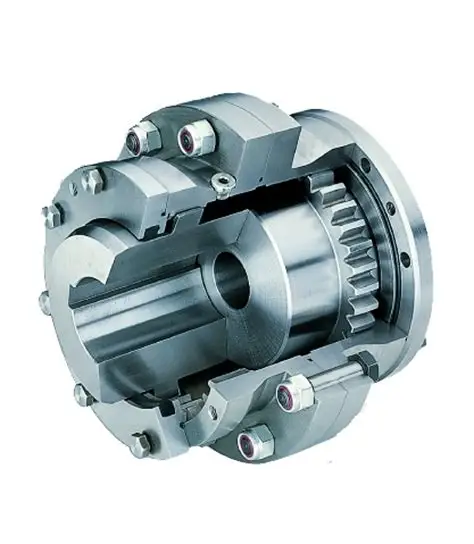GEAR COUPLING
Single joint equipment couplings are also employed to link two nominally coaxial shafts. In this application the device is called a gear-variety flexible, or adaptable coupling. The solitary joint permits for minimal misalignments this sort of as set up problems and alterations in shaft alignment thanks to working problems. These types of gear couplings are generally restricted to angular misalignments of one/4â1/2°.
Equipment couplings are generally limited to angular misalignments, i.e., the angle of the spindle relative to the axes of the linked shafts, of 4â5°. Universal joints are capable of greater misalignments.
Gear couplings and universal joints are used in equivalent purposes. Gear couplings have greater torque densities than universal joints made to suit a provided room although universal joints induce reduced vibrations. The restrict on torque density in universal joints is owing to the constrained cross sections of the cross and yoke. The equipment tooth in a equipment coupling 
Each and every joint is composed of a 1:1 gear ratio interior/external gear pair. The tooth flanks and outer diameter of the exterior gear are topped to enable for angular displacement among the two gears. Mechanically, the gears are equal to rotating splines with modified profiles. They are named gears because of the comparatively huge measurement of the enamel.
If you require even more details regarding CHINA GEAR COUPLING take a look at our site.